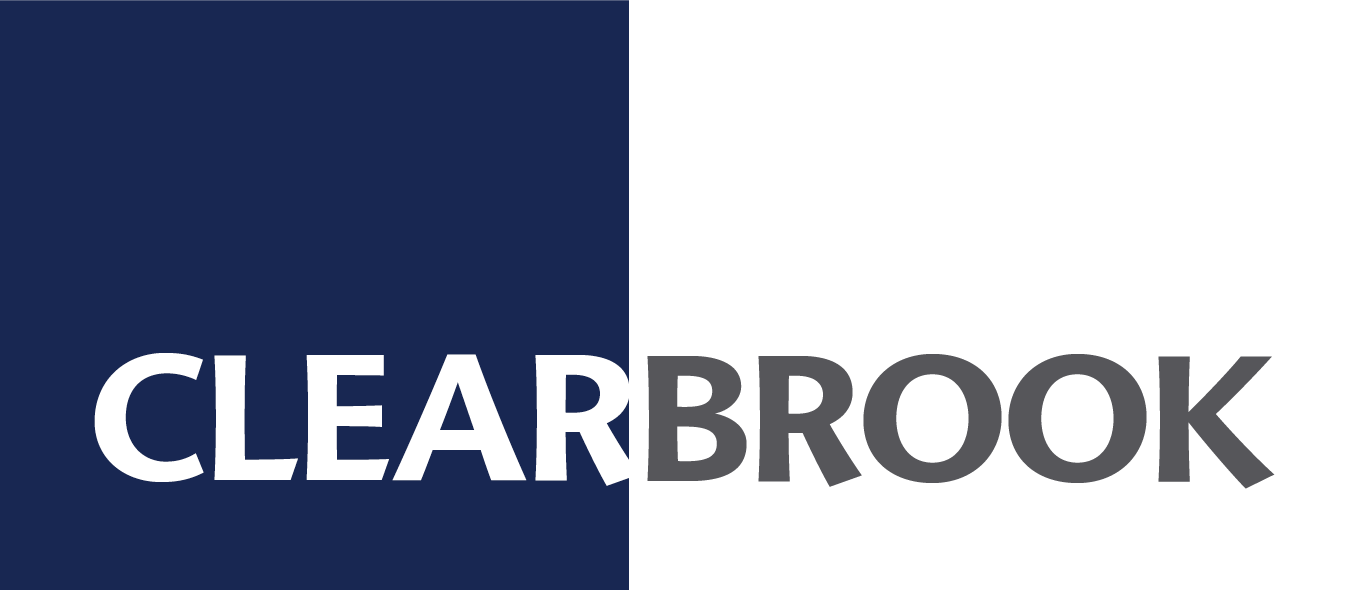Economic Data and Market Highlights
US markets dropped for the week with the DJIA down 2.33% and the S&P 500 down 3.06% with the health care sector being the only one to advance. Most of the downturn has been attributable to the Magnificent 7 names.

Employment data was released throughout the week with ADP and Challenger releasing results mid-week pointing to weakness in hiring and job growth. Nonfarm payroll data was released on Thursday by the BLS. The result was slightly less than expected (151k vs 160k est.) with the prior month revised downward from 143k to 125K. The numbers don’t yet reflect some of the well-publicized layoffs by the Federal government. The implementing of tariffs with Mexico, Canada and China dominated most of the headlines.

Investors pumped $19.71 billion into U.S. equity funds last week, the biggest inflow since December. Tech, healthcare, and communication services attracted heavy investment, but financials took a hit with outflows. Meanwhile, money market funds pulled in their largest inflows since January, and bond funds extended their winning streak to eight weeks. Despite the optimism, volatility remained high, with the S&P 500 and Nasdaq tumbling.
Europe is scrambling to fill storage without Russian supply, putting pressure on LNG imports making it more expensive and harder to transport and store, leading to supply-chain bottlenecks. With European countries still adjusting their energy policies post-Russia, demand for summer gas has soared, flipping the usual pricing structure and forcing traders to rethink their hedging strategies. The effects go beyond energy traders. If businesses are paying more for summer gas, these costs will likely trickle down into manufacturing, transportation, and even food production, keeping inflation sticky. Concerns continue as several European countries have subsidized energy prices since 2022.
For the week ending March 7, 2025, European equities saw $4.1 billion in inflows, the largest since February 2022, with a four-week total of $12 billion, the highest since 2015. Global equity funds took in $22.9 billion, with $8.5 billion going to U.S. stocks and $2.4 billion to emerging markets. Tech funds saw their first inflow in five weeks drawing $2.6 billion of inflows, but the Nasdaq’s 10% decline signals a correction. Bond funds attracted $12 billion, while U.S. Treasuries saw their biggest outflows in 11 weeks ($1.2 billion). Investors appear to be rotating out of U.S. tech and into international equities, especially in Europe and China, highlighting a shift toward global diversification in 2025.The MSCI EAFE index rose 3.12% while Chinese markets rose 6.56% for the week ending March 7th.
The Past Week’s Notable US data points (with revisions)

The Upcoming Week’s notable US data points


Source: Morningstar
Data Source: Blackrock, Bloomberg, Charles Schwab, CNBC, Goldman Sachs, J.P. Morgan, Jim Bianco Research, Morningstar, MarketWatch, Standard & Poor’s, and the Wall Street Journal.
Authors:
Jon Chesshire, Managing Director
Michael McNamara, Analyst
